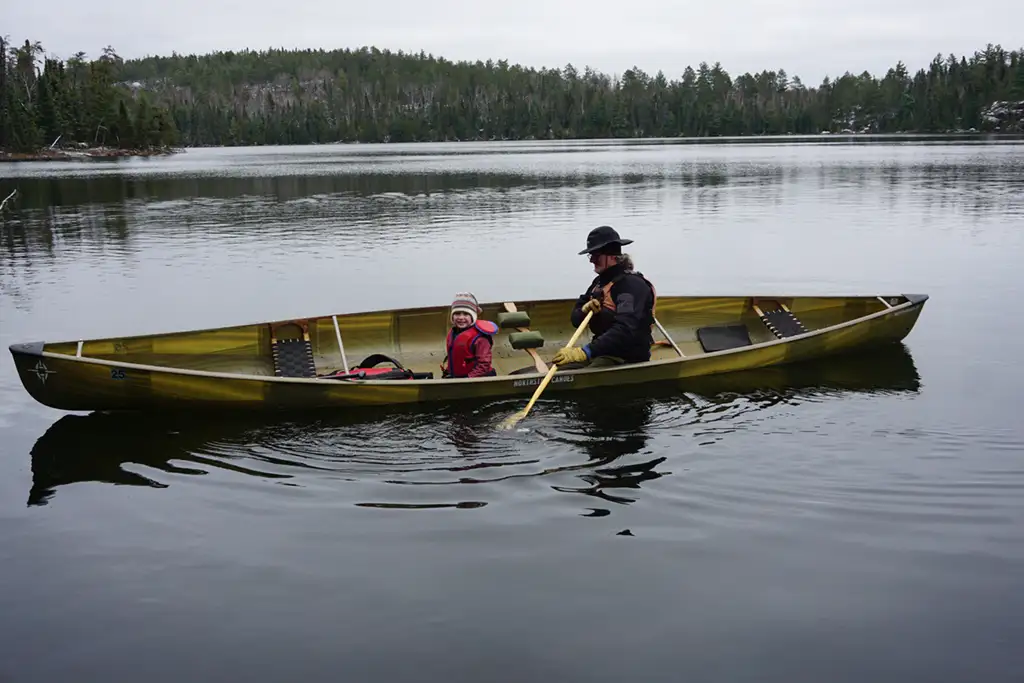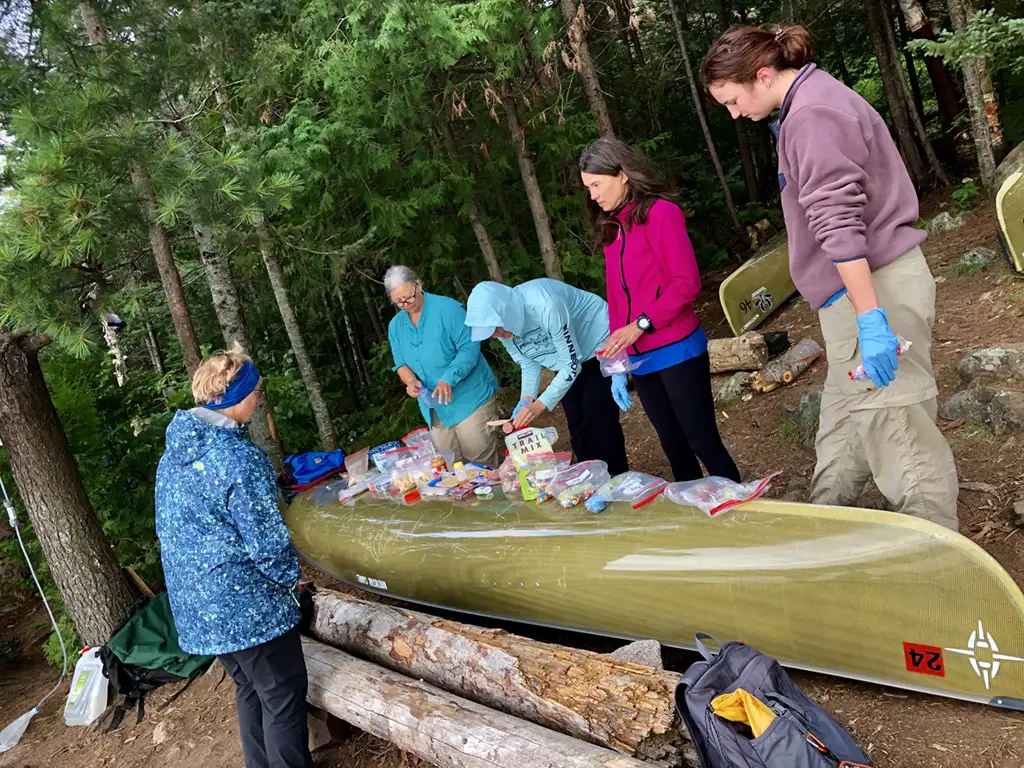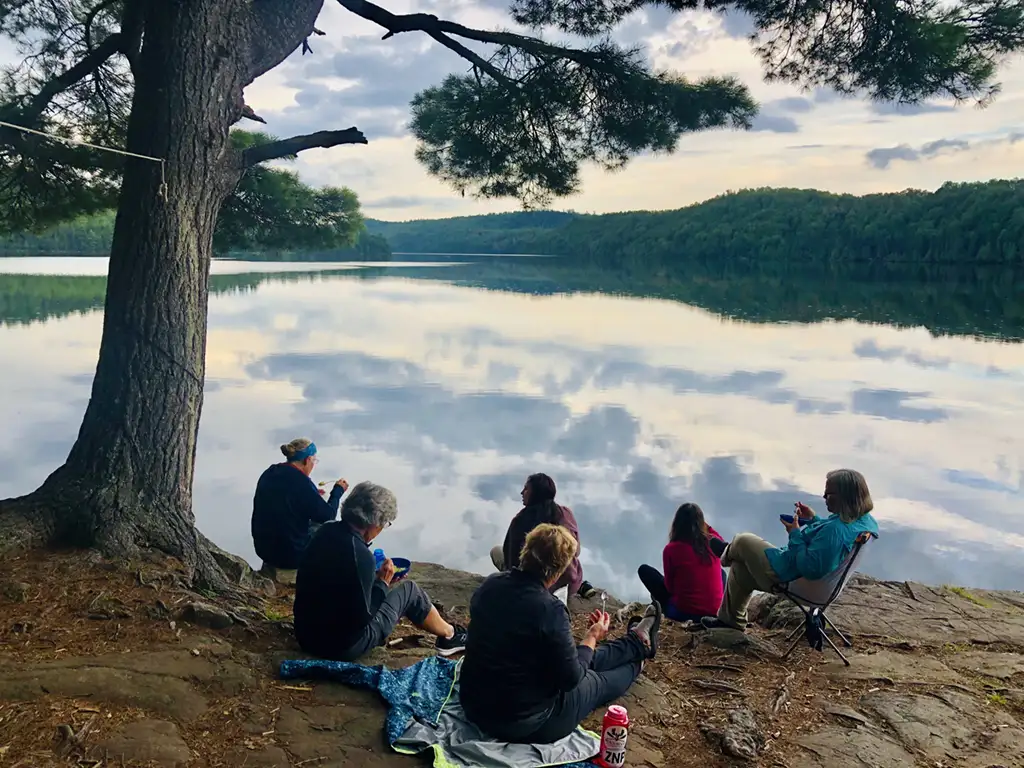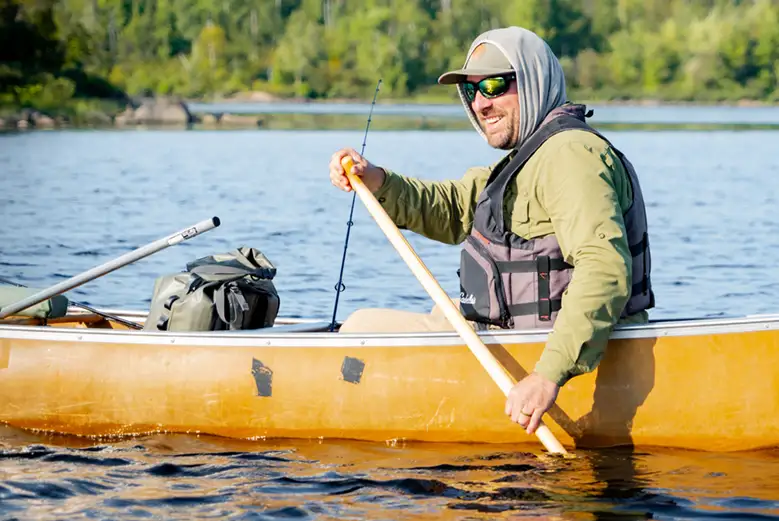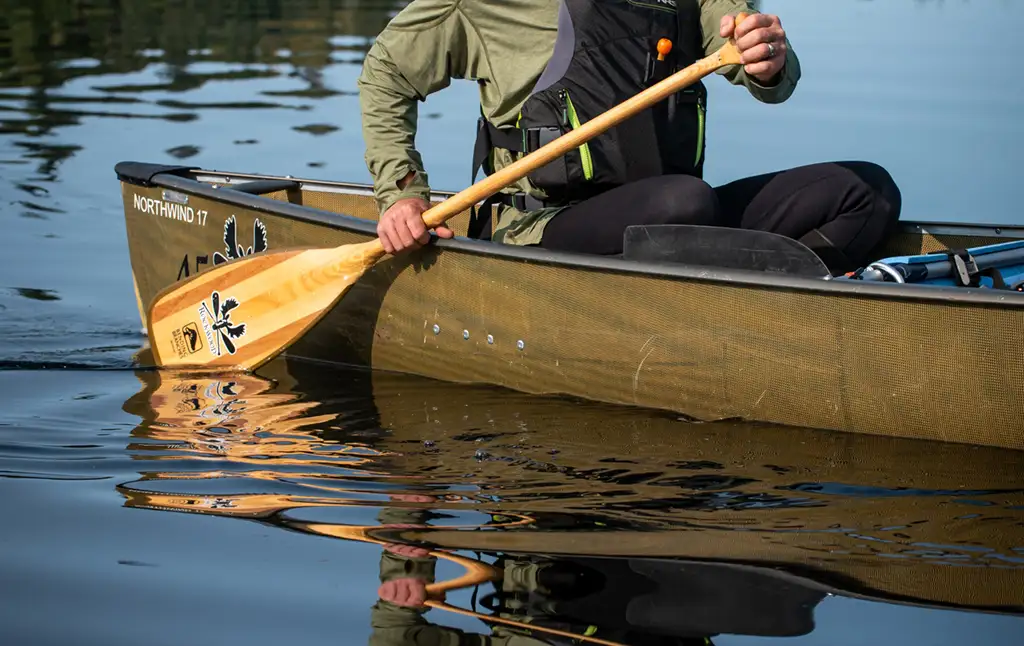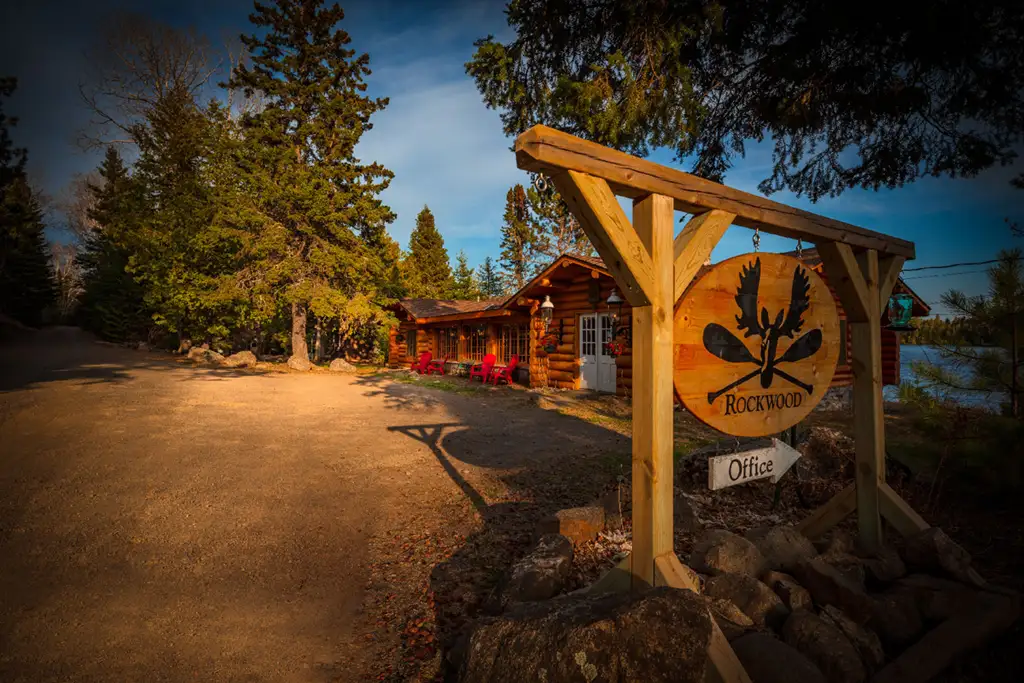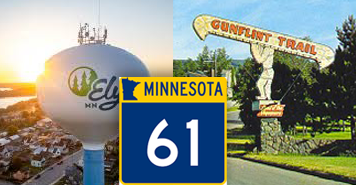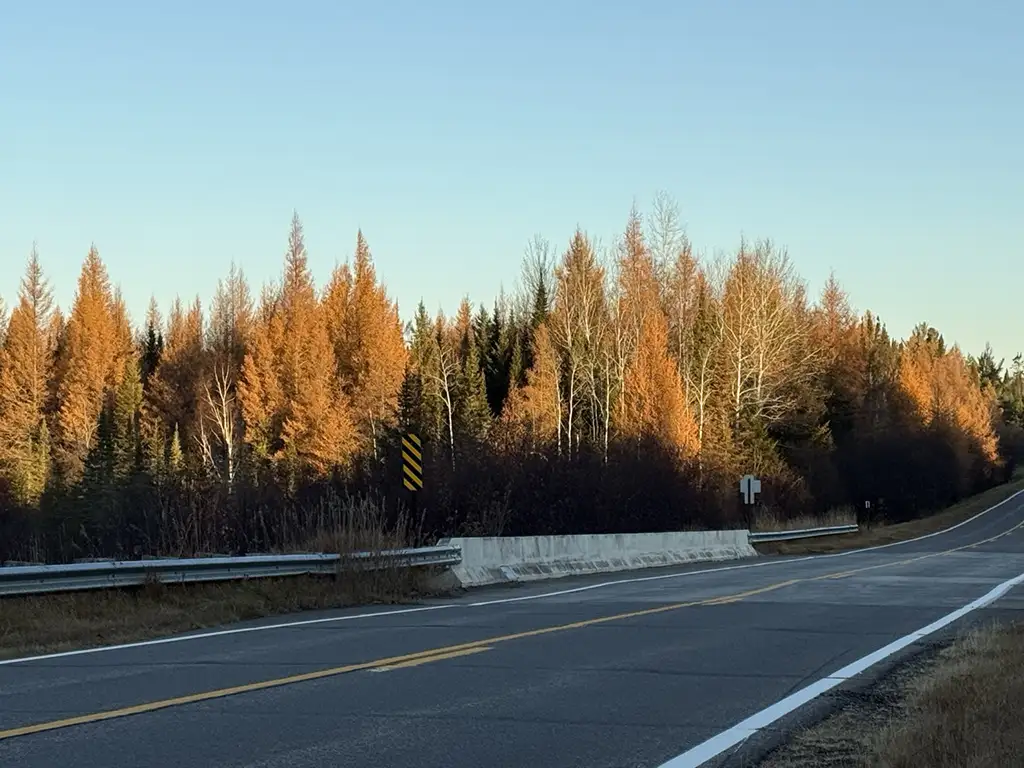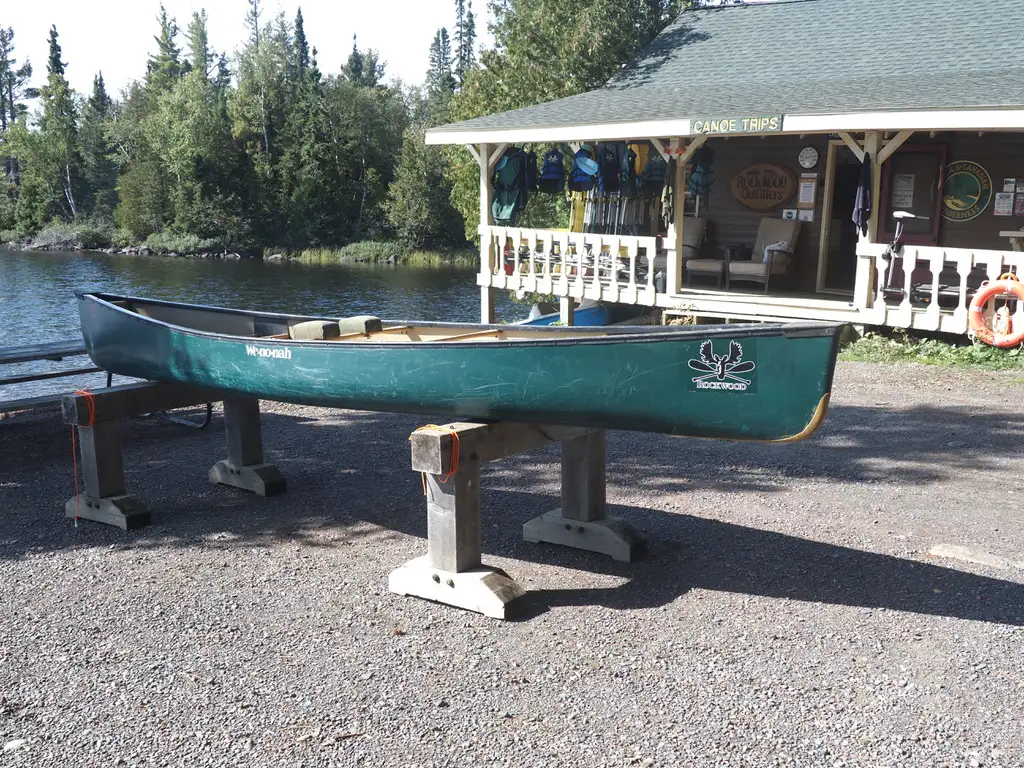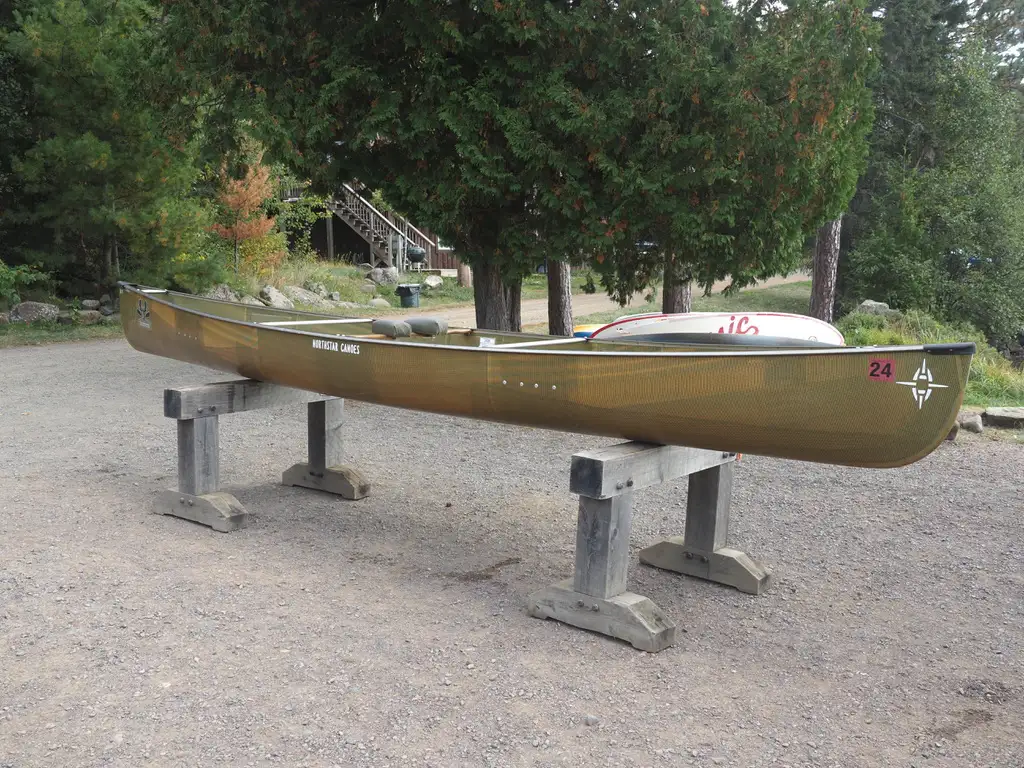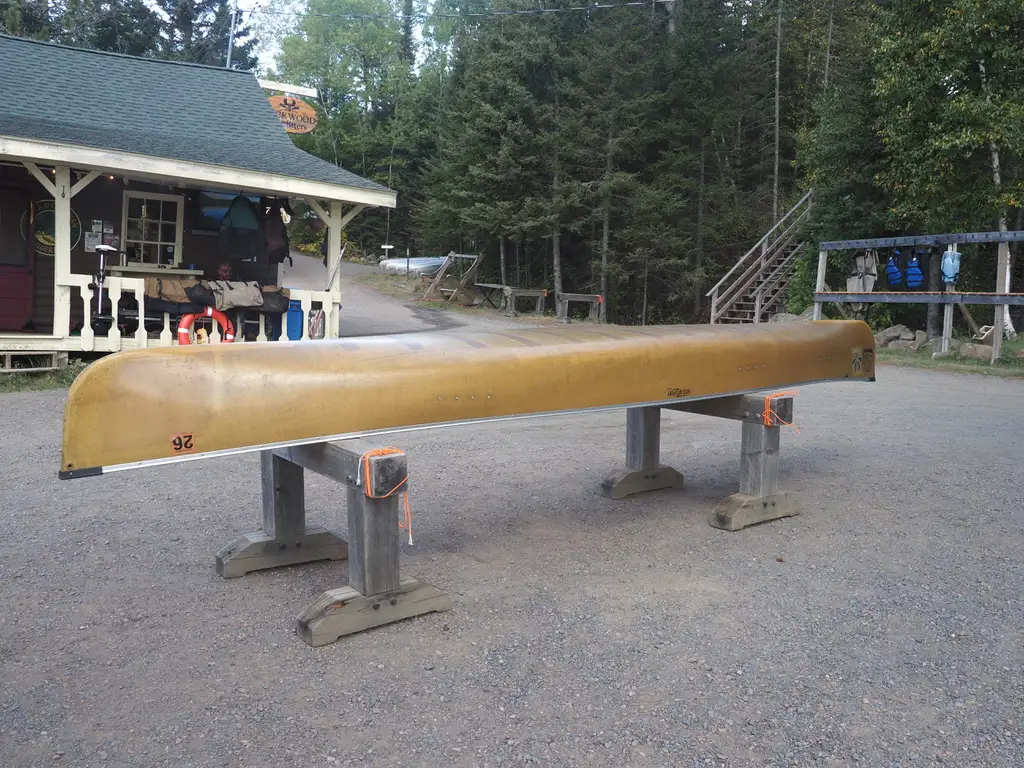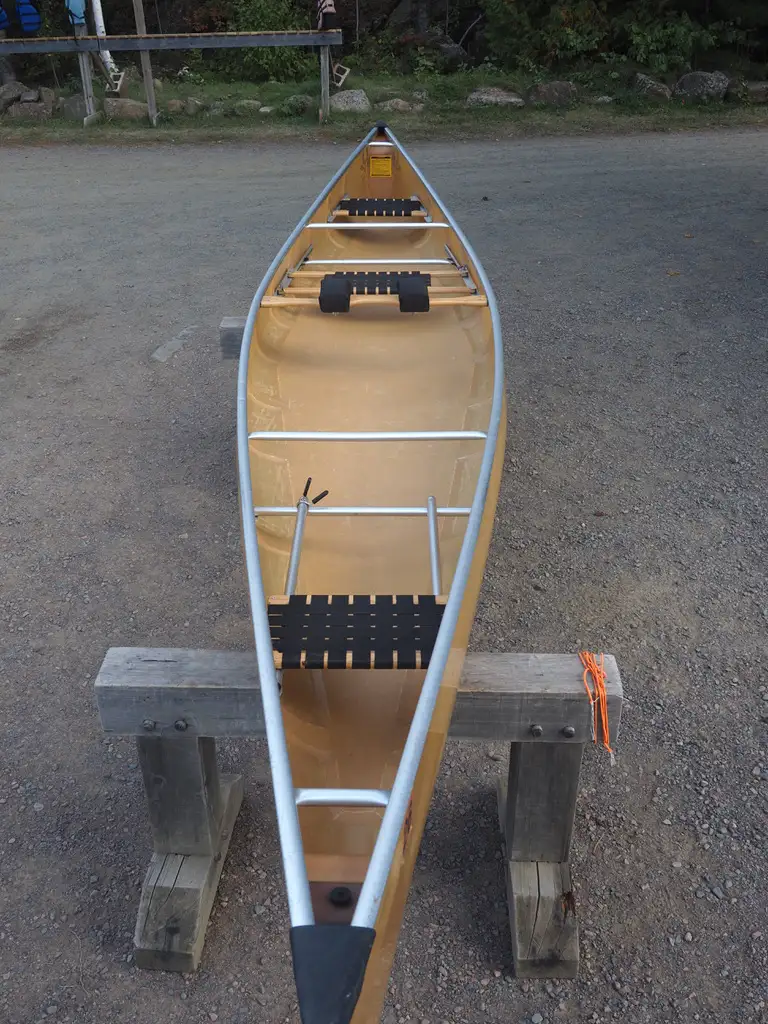A Step Closer to a Stable and Growing Moose Population
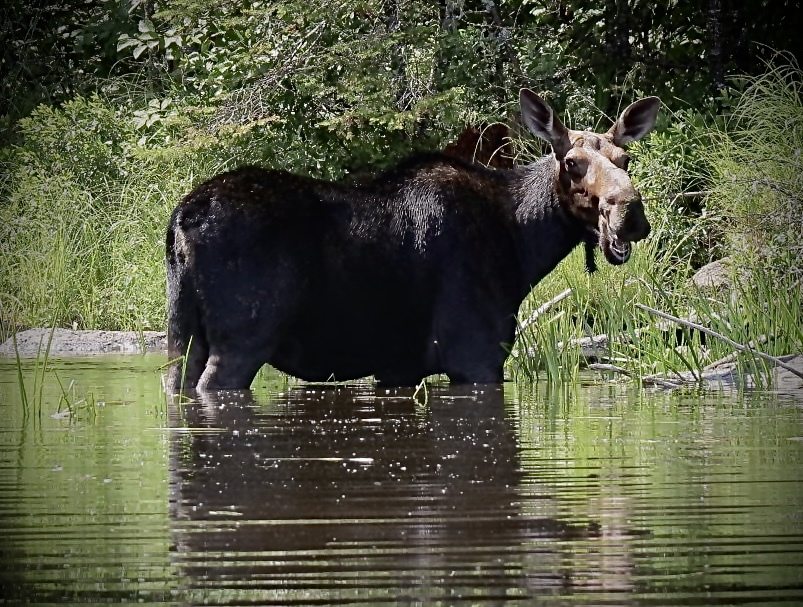
—
Alces alces is the scientific name for moose, often called the Monarch of our Boreal forest. Seeing one of these majestic animals is on the bucket list of many visitors to the Gunflint Trail and BWCAW.
Moose populations have declined significantly in northeast Minnesota, from a peak estimate of more than 8,000 animals in 2009 to about 3,300 now. Although the population decline was sharp, moose population estimates have been relatively stable for the past five years.
Researchers from numerous agencies have sought to understand the cause of declining populations.
A DNR mortality study found that parasites like Parelaphostrongylus tenuis, commonly called brain worms, along with ticks, infections, and predators, bear responsibility for most adult moose deaths.
Brain worms are spread through deer feces that infect snails or slugs. Moose can swallow infected snails and slugs while foraging on vegetation. They cause damage to the central nervous system of the moose, ultimately leading to paralysis and death.
In the wild, White-tailed deer are the normal host for this parasite. Most of the time, they are not affected by the brain worms.
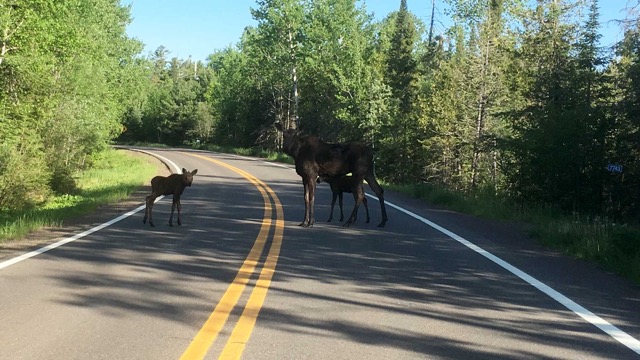
Wildlife researchers for The Grand Portage Band of Lake Superior Chippewa have been placing GPS research collars on both deer and moose since 2010. Data from those collars identified focused locations that both species used. At those locations, scientists found what are known as “mineral licks.” They are natural springs and seeps with trace elements, including sodium and calcium, that moose and deer need to survive. Both deer and moose frequented these sites. Scientists placed trail cams at these sites and documented both moose and deer frequenting them, sometimes simultaneously, and slurping up mud and soil to pick up the minerals. Researchers hope this new finding will enable forestry and wildlife management practices that reduce the incidence and spread of brain worms. More research is needed to confirm the connection with mineral licks increasing the odds of transmission of parasites like brain worms. Predators, mostly wolves and bears, were responsible for killing moose calves. During one study, it was found that only a third of moose calves survive their first year. Of the calves that died, wolves claimed two-thirds of them.
The worms do not infect humans.
With the population relatively stable for the last few years, perhaps these efforts to identify the causes of mortality will help the population rebound.
For now, there are many places in our area to see moose. Check with us here at Rockwood for maps and directions to potential viewing sites. There’s never a guarantee you’ll see one, but if you do you’ll never forget the experience.
And always keep safety in mind. These are wild animals weighing over a thousand pounds that move with surprising speed and agility.
The US Forest Service maintains a “Moose Viewing Trail” on the Gunflint Trail about 25 miles up from Grand Marais. They promote it this way, “The trail is in an area which is perfect moose habitat. A short easy hike takes you to a overlook platform, but keep your eyes open for moose the whole way. Of course no guarantees!”
When you see one, send us your pictures.
MPR Article: https://www.mprnews.org/story/2023/09/03/research-sheds-light-on-how-brainworm-is-killing-minnesotas-moose

